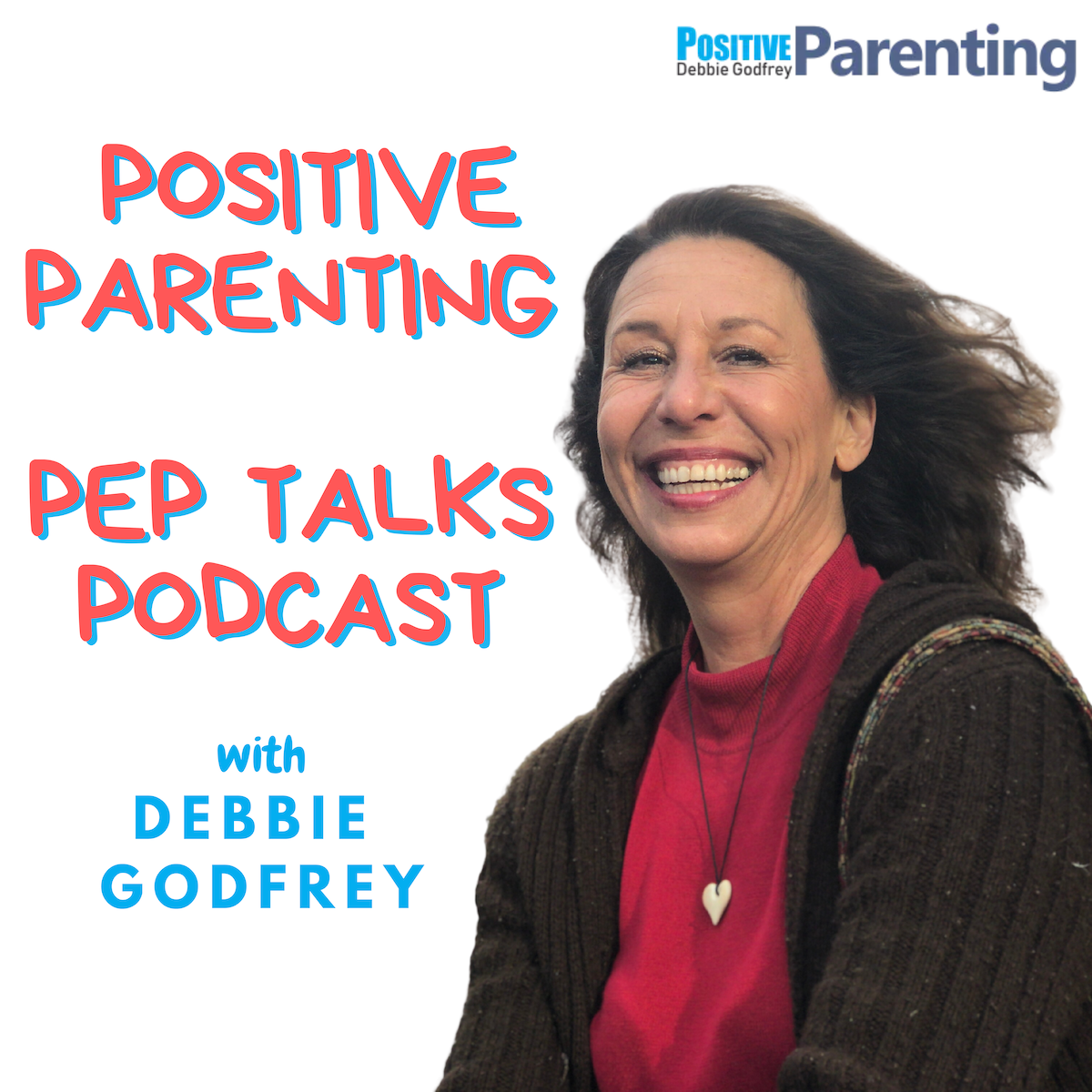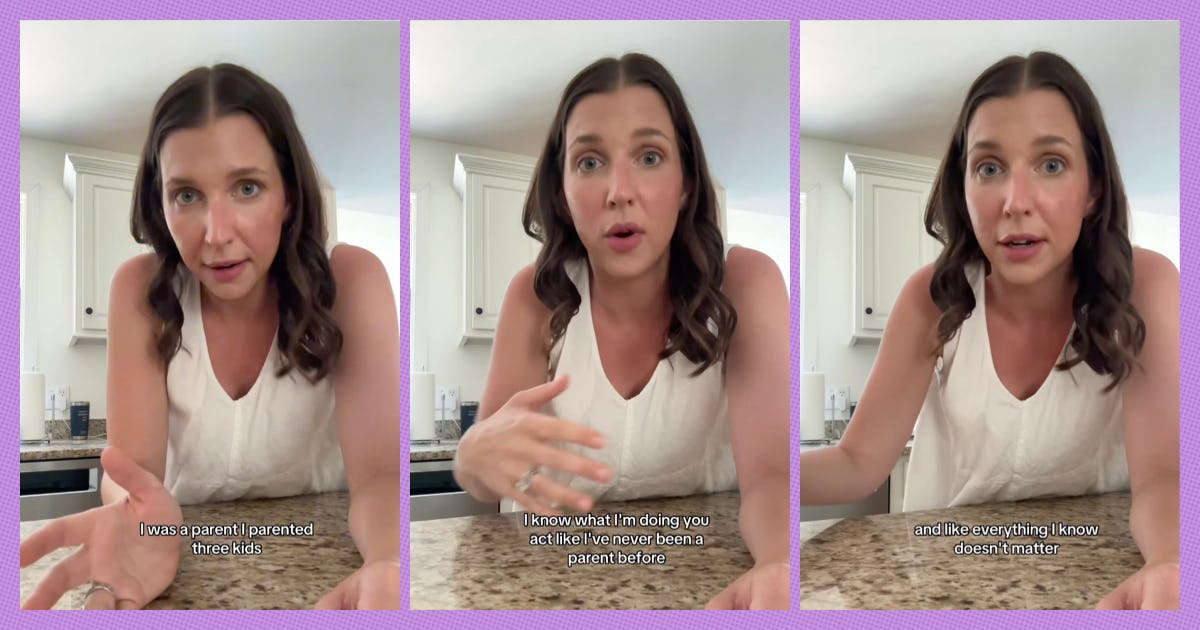This is indeed a common problem.
Many parents face this problem, and most of them think they have done something wrong. But you are not. This is what’s happening across the board culturally. Anger management challenges are very common in our society. Parents need to find ways to cope and manage, why this happens and what to do about it. Today, I just want to talk about some very simple ideas for teaching anger management to your children. Most people can start at a young age.
Listen to positive parenting inspirational talks about anger management on your favorite podcast platform.
First, you can teach your child how to yell at a pillow.
Maybe you’ve heard this before from a therapist, but you can do it at home with your child. Teach your children to manage anger. Instead of yelling, you can bury your face in your pillow and scream at the top of your lungs. It’s fun to do this with your kids and show them. Because they are often worried that so much anger, so much noise will make you angry or cause them trouble, so they don’t dare to do this. When you do it with them, it becomes safe. When it’s safe for them to do so, they can learn to do things on their own when they need to vent their anger. Screaming into your pillow is a great tool for controlling your anger.
Another is to color or draw with red crayons or red pens.
The color red and scribbling or drawing on paper can really help with a child’s anger. Adults can do this too. Again, sitting down with your child and showing them how to do this and work through your anger can really help them and keep them safe.
Another great way to vent your anger is to fill a water balloon…
Take your kids outside with a bucket of water balloons and throw them against the wall. Water balloons that hit the wall are really helpful when kids have anger management issues. In fact, I suggested this to the staff at Casa Pacifica who had children with issues and they found it very helpful to use this tool to help children deal with their anger, especially with teenagers.
Finally, allow your words to express anger.
When you notice your child is angry, instead of saying “Don’t be angry” or “It’s not good to be angry,” you want to say:
“It’s okay to be angry, but it’s not okay to kick me.”
“It’s OK to be angry, but it’s not OK to break in.”
“It’s OK to tell your sister you’re angry with her, but it’s not OK to hit her.”
You want to acknowledge that the feeling is good, but the actions they take as a result of those feelings may be problematic. You want to give them other suggestions. One thing that can really help with 4, 5 and 6 year olds is to give them three alternative suggestions. “Besides hitting your sister, what three other things can you do?“ and help them solve this problem.
“Well, I could run around outside, I could draw something, or I could tell her I don’t like her doing that.” Often, this gives them alternatives.
I hope this helps when you feel angry with your children.
Happy parenting!




